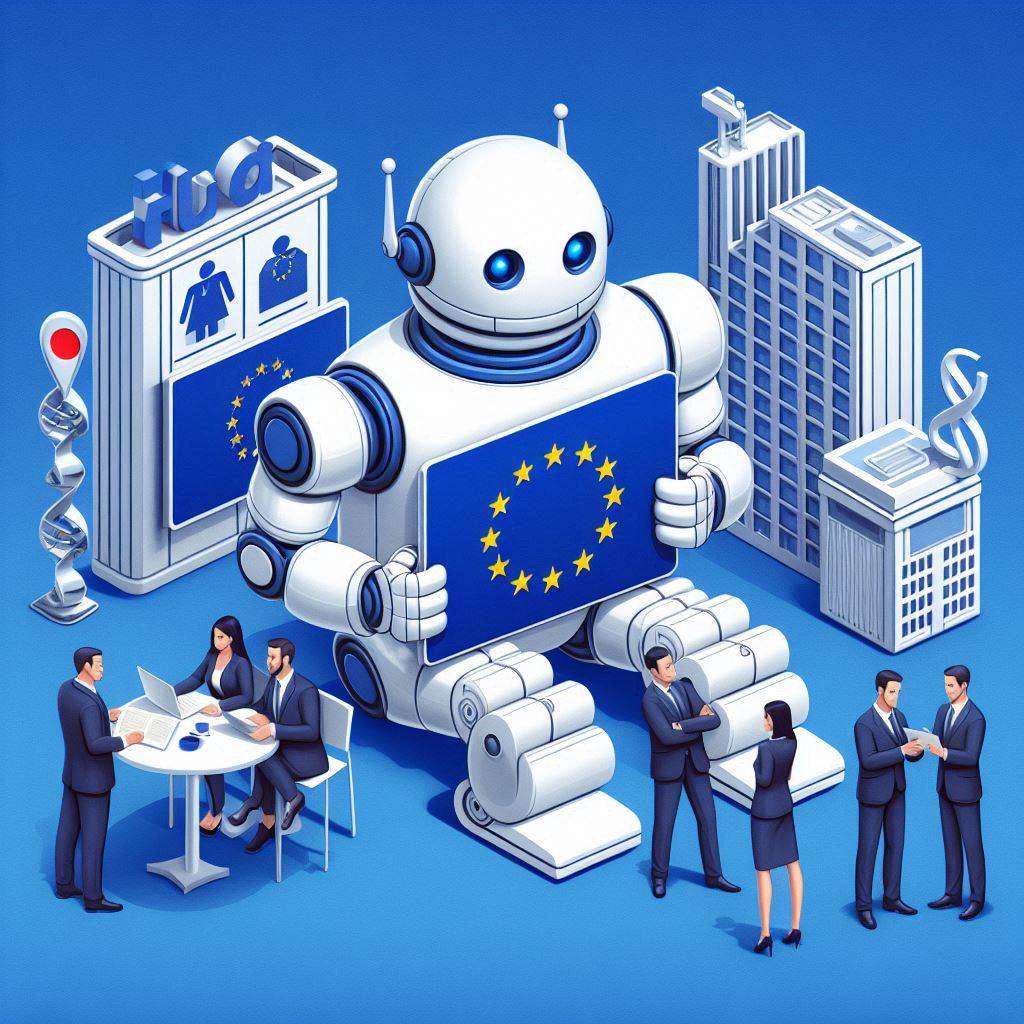The Infiltration of Generative AI in Corporate IT: A Paradigm Shift
Generative AI has undeniably penetrated corporate IT infrastructures from multiple fronts, creating a landscape where traditional IT governance models are struggling to keep pace. From multimillion-dollar licensed systems to ubiquitous generative AI components integrated into Software as a Service (SaaS) products, the influence of AI is both expansive and pervasive. Even in cases where its use is officially restricted, employees and contractors continue to leverage these technologies, underscoring the challenge of regulating AI within corporate environments.
The Ubiquity of Generative AI
Generative AI’s integration into corporate IT is multifaceted. It is not just confined to licensed systems but has embedded itself into various SaaS products, often without explicit disclosure to the end-users. This silent permeation extends to every cloud environment, Internet of Things (IoT) devices, and third-party applications, creating an omnipresent AI landscape that is difficult to monitor and control. As a result, IT decision-makers find themselves in a reactive stance, contending with AI strategies imposed by external vendors rather than dictating their own.
Atefeh “Atti” Riazi, CIO at Hearst, highlights the extent of this infiltration. With over 350 brands and thousands of third-party vendors, Hearst’s executives often remain unaware of the full capabilities of the apps on their devices, especially concerning data retrieval and usage. This lack of awareness poses significant risks, as sensitive data could be inadvertently exposed or exploited by these AI-powered tools.
Balancing Control and Innovation
Riazi’s insights reveal a crucial dilemma for IT managers: the need to regain control over their systems while avoiding overly restrictive measures that could stifle innovation. As generative AI becomes more integrated into business processes, the challenge is to establish a balance between ensuring security and fostering an environment conducive to technological advancement. This balance is difficult to achieve, as overly stringent controls can hamper the innovative potential that AI brings to the table.
The current IT governance structures, designed for a physical and on-premises-centric world, are becoming obsolete. The shift towards a predominantly digital and cloud-based environment necessitates a radical rethinking of governance models. Riazi advocates for discarding outdated governance routines and embracing a new framework that can accommodate the dynamic and pervasive nature of AI technologies.
The Future of IT Governance
The transformation required in IT governance is not just incremental but rather a fundamental overhaul. Anna Belak, head of the Office of Cybersecurity Strategy at Sysdig, echoes Riazi’s sentiments. Belak points out that traditional IT governance has always struggled with comprehensive oversight, and the advent of large language models (LLMs) is merely the tipping point. The shift towards cloud computing and technologies like Kubernetes has already complicated visibility and control, and generative AI compounds these challenges.
The compliance landscape further complicates the scenario. Political and regulatory pressures demand stringent controls over AI usage, yet the practicality of enforcing these controls is often questionable. Belak argues that many AI regulations are impractical, as they fail to consider the inherent opacity and unpredictability of AI systems. The issue of “model drift,” where AI systems evolve in ways that may not be fully understood or anticipated, adds another layer of complexity. David Ray, Chief Privacy Officer at BigID, highlights the speculative nature of generative AI, which can infer sensitive information such as age and gender, often without explicit data inputs.
Legal and Contractual Challenges
Legal experts propose updating software license agreements to reflect the realities of AI, emphasizing the need for clear definitions and explicit clauses to manage AI risks. David Rosenthal, a partner at Vischer, suggests that businesses must first establish a clear understanding of what constitutes AI within their operations. Traditional business functions driven by AI, like Optical Character Recognition (OCR), often go unrecognized as AI. This lack of clarity can lead to inadequate governance and control measures.
Contractual updates, while necessary, are not a panacea. Andrew Lee of Jones Walker law firm notes that while legal clauses can shift some responsibility to vendors, they do not solve the underlying issues of transparency and control. The enforceability of these clauses is often limited, especially if companies lack the resources to ensure compliance. Moreover, as Douglas Brush points out, the opaque nature of AI technologies means that even well-meaning vendors may struggle to provide the necessary transparency.
The Need for a New Perspective
Ultimately, the pervasive nature of generative AI requires a new perspective on IT governance. Traditional methods, focused on physical assets and on-premises systems, are ill-equipped to handle the complexities of modern AI technologies. As Riazi suggests, the solution lies in developing governance frameworks that acknowledge the decentralized and dynamic nature of AI.
This new governance model must prioritize transparency, accountability, and flexibility. IT departments need to have a comprehensive understanding of how AI systems access and use data, and they must be able to respond swiftly to any changes in AI behavior. This includes the ability to opt out of AI processes that deviate from agreed-upon parameters.
Embracing the Inevitable
The integration of generative AI into corporate IT is not a question of if but when. As AI technologies continue to evolve and embed themselves deeper into business processes, IT leaders must adapt their governance strategies accordingly. This adaptation involves not only updating legal and contractual frameworks but also embracing a proactive approach to AI management.
CIOs and CTOs must foster a culture of continuous learning and adaptability within their organizations. They need to stay abreast of AI developments and ensure that their teams are equipped with the skills and knowledge to manage these technologies effectively. This may involve investing in AI training programs, enhancing collaboration with AI vendors, and developing internal AI expertise.
To summarize
The infiltration of generative AI in corporate IT represents both a challenge and an opportunity. While it disrupts traditional governance models and poses significant compliance and security risks, it also offers unprecedented potential for innovation and efficiency. IT leaders must navigate this complex landscape with a balanced approach that prioritizes control without stifling creativity.
By embracing new governance models, fostering transparency, and investing in AI literacy, organizations can harness the power of generative AI while mitigating its risks. The future of corporate IT will be defined by those who can effectively integrate AI into their operations, leveraging its capabilities to drive growth and innovation in a rapidly changing technological landscape.





